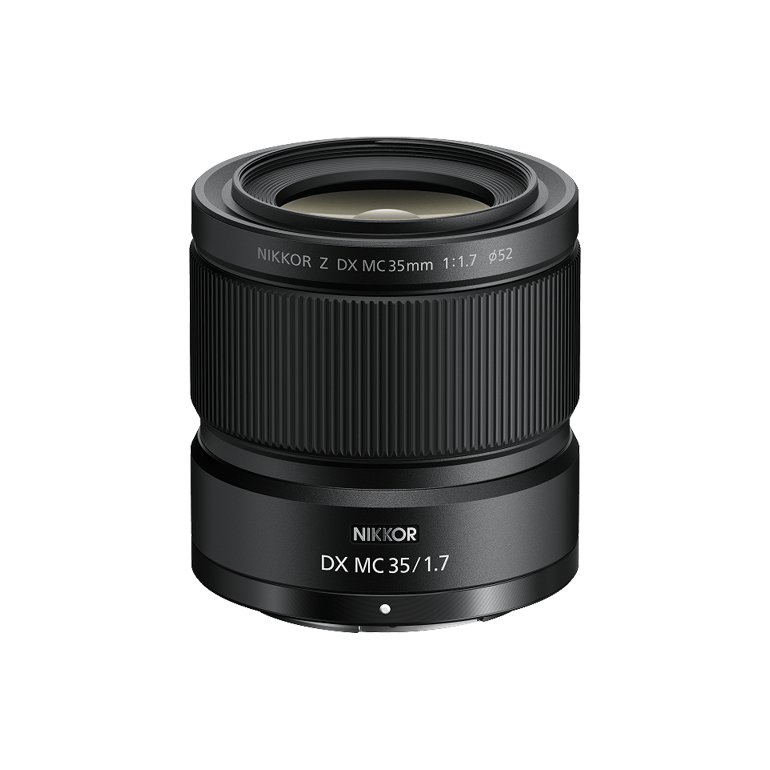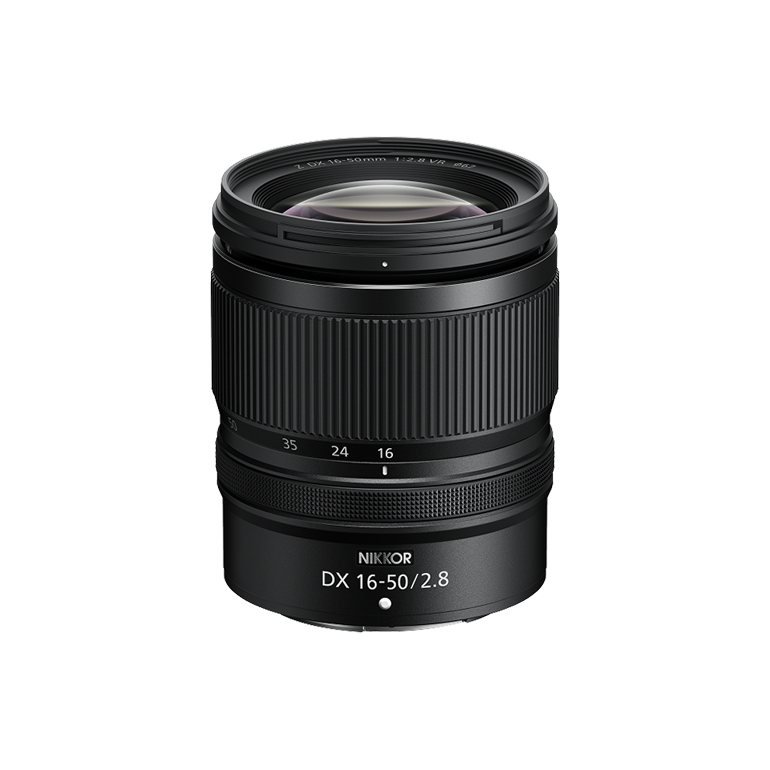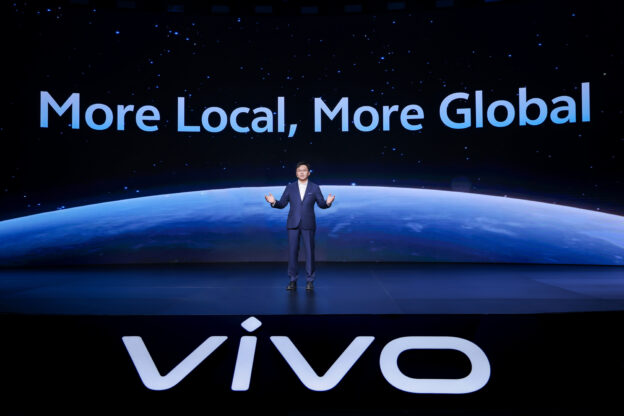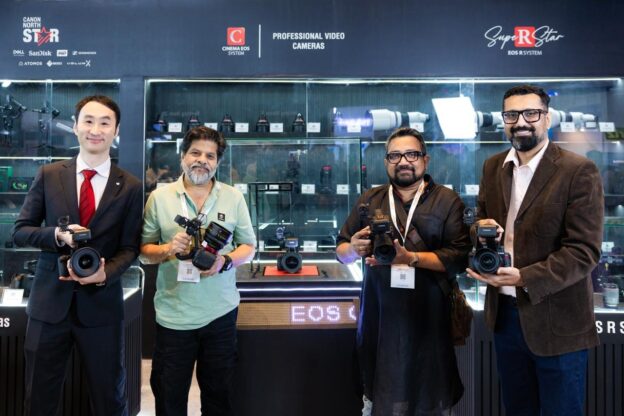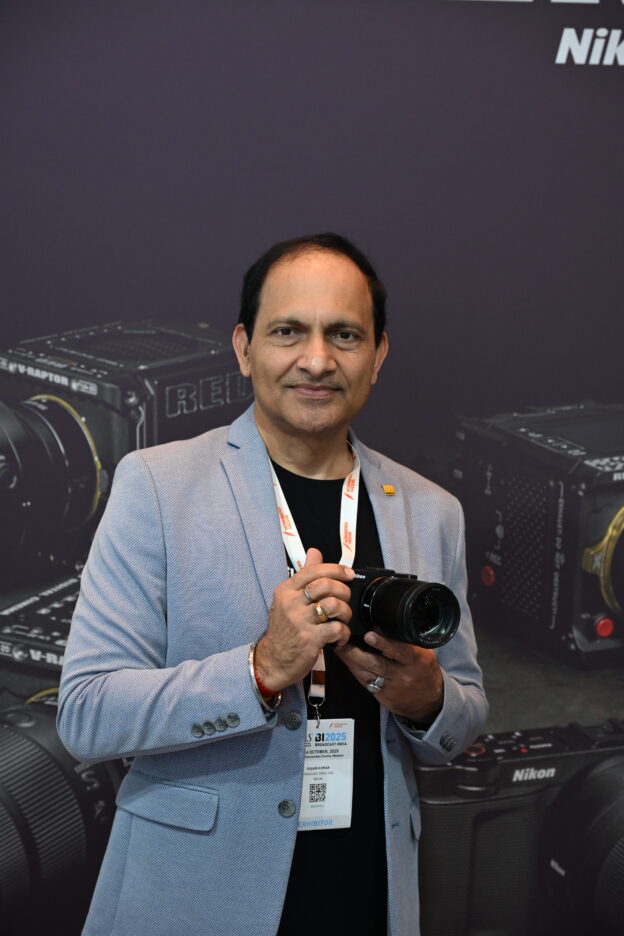The photography and imaging industry is constantly changing. Over the last decade it has faced increased competition from other imaging devices, especially smartphones—with many writing off cameras to become redundant in the near future. However the industry has shown resilience and continues to grow despite its challenges. But what is the future like? Bhavya Desai spoke to Mukesh Srivastava, Head of Imaging Business (Professional & Consumer Cameras), Sony Electronics on what’s in the long haul. Excerpts:
In the long haul, what is your assessment of the industry?
The imaging industry has always thrived on transformation—from DSLRs to mirrorless technology and now Artificial Intelligence. Each shift opens new possibilities in storytelling. As audiences evolve, so do creators—from established professionals in weddings, wildlife, film, and fashion to emerging content creators from Tier 2 and 3 cities driven by online learning and influencer culture.
The future lies in hybrid solutions that deliver both exceptional stills and cinematic video. Innovation now focuses on versatility—empowering every creator to tell stories without compromise.
Where do you think the next big growth in the industry is coming from?
The creator economy is reshaping how content is consumed. This was evident at this year’s WAVES Summit, where Prime Minister Narendra Modi highlighted its potential. Conversations extended to drones, micro-dramas, short-form storytelling, and even bodycams—signalling how imaging is broadening across industries like agriculture, logistics, and surveillance.
The future will be defined by how effectively technology empowers creators—simplifying workflows, enhancing connections, and expanding influence across audiences and cultures.
What are the current challenges for Sony today and how are you navigating them?
Our biggest challenge is clearly communicating the value of our extensive camera lineup. The needs of professionals, vloggers, and hybrid creators vary widely. To address this, we’re investing in hands-on workshops, short-form videos, and Alpha Classroom—helping users understand which product fits their creative journey. Whether online or in-store, our goal is to make each camera’s value clear and accessible.
How do you see the current imaging market in India evolving—are enthusiasts driving growth, or is it professionals?
India’s market has long been anchored by professionals, but a growing segment of enthusiasts and semi-professionals is now upgrading from smartphones. This mid-tier segment is fuelling growth, making India one of the most dynamic imaging markets globally. Today’s enthusiasts are tomorrow’s professionals, and they are elevating creative standards.
Smartphones are getting more advanced—how does Sony position its cameras in this competitive landscape?
Smartphones have made photography accessible—and that’s a good thing. They’ve rekindled interest in image-making. But as creators seek more control, Sony steps in. Our ‘Faraq Padta Hai’ campaign encourages amateurs to rediscover the joy of photography and capture better images with Sony cameras.
We position our products as tools for creative control – offering superior dynamic range, interchangeable lenses, and cinematic quality, while ensuring intuitive connectivity for an easy transition from smartphone to camera.
Do you see younger creators (YouTubers, content creators, vloggers) influencing Sony’s India strategy?
Absolutely. Young YouTubers, vloggers, and influencers are driving trends in short-form video, live streaming, and hybrid content. Their need for lightweight, connected, and affordable gear directly shapes our product design and marketing.
Their feedback informs everything—from autofocus and touch interfaces to app integration—ensuring every touchpoint reflects their aspirations and supports their creative journey.




